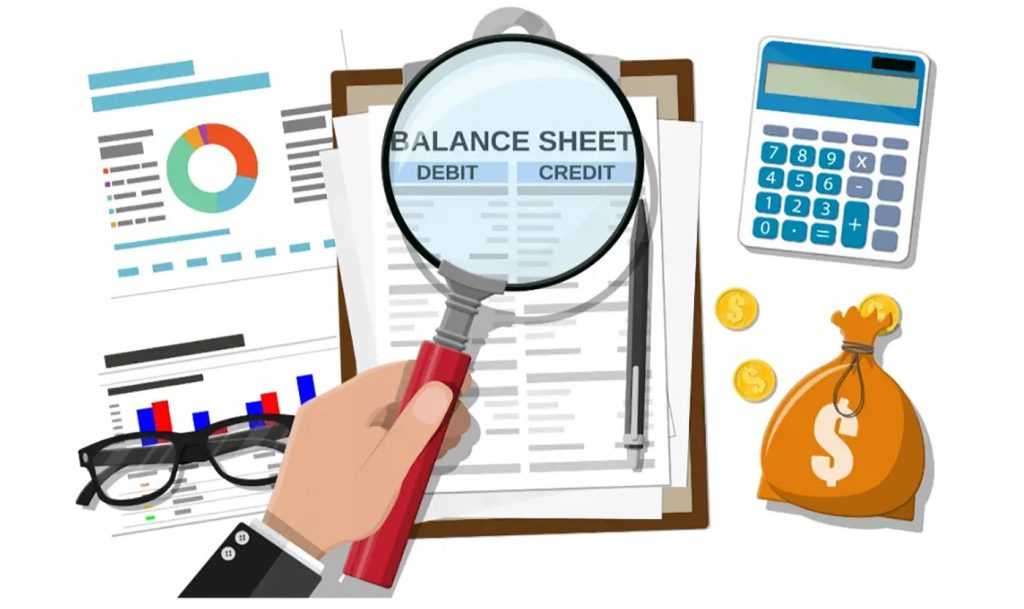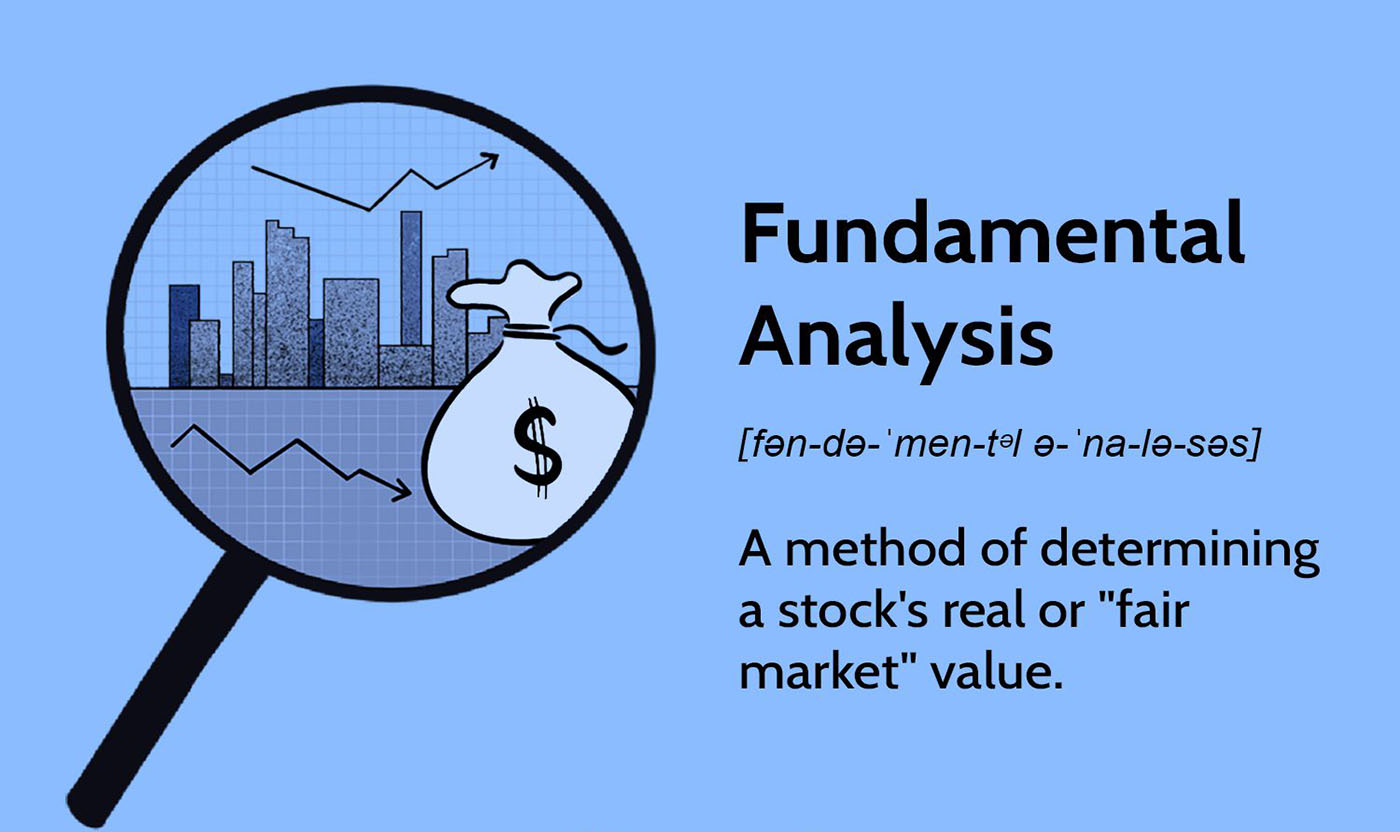In the world of investing, financial statement footnotes are like the fine print on a contract—often overlooked, but absolutely critical. They hide in plain sight, tacked onto the end of a company’s earnings report or 10-K filing, yet they contain details that can make or break an investment thesis. In 2025, with volatility in both European and American markets, fast-changing regulatory environments, and greater investor scrutiny around ESG and off-balance-sheet risk, reading these notes isn’t optional anymore—it’s essential.
Why Footnotes Matter More Than Ever in 2025
We live in an era of increasing financial opacity despite the sheer volume of data available. Companies can comply with GAAP or IFRS and still bury material risks deep in the footnotes: pending litigation, lease obligations, pension liabilities, even revenue recognition tactics that might distort the real health of the business.
In early 2025, for example, I was analyzing a mid-cap logistics REIT listed in Germany. On the surface, its balance sheet looked pristine. But it wasn’t until I combed through footnote 17—buried near the end—that I discovered over €120 million in balloon lease obligations due to mature by Q4. That changed my entire perspective.
Step 1: Always Start With the Risk Factors Cross-Reference
Before even reading the footnotes, I go straight to the “Risk Factors” section and highlight any risks that feel vague or open-ended. I then look for any matches or elaborations in the footnotes. Public companies tend to disclose minimal specifics in the Risk Factors section, but they are often required to explain those generalities in the notes. This two-step triangulation saves me hours and helps me zero in on real red flags.
💡 Tip: Bookmark the SEC’s EDGAR platform (https://www.sec.gov/edgar) for U.S. filings, and the UK’s Companies House and BaFin’s Unternehmensregister for European firms. These portals allow keyword searches within filings, which is gold for scanning dozens of footnotes quickly.
Step 2: Use Natural Language Tools to Pre-Scan the Terrain
By 2025, the number of Chrome plugins and AI research tools that can read, summarize, and even cross-analyze SEC filings has exploded. One of my favorites is FinChat, a GPT-based Chrome extension that lets me ask a company’s filings questions in plain English. For example, “What are the biggest off-balance sheet liabilities for XYZ Corp?”—and it pulls the relevant footnote content automatically.
I also use Atom Finance and Koyfin, both of which have upgraded their note-parsing functions. These tools are indispensable when I’m doing sector-wide screening and need to compare how different firms treat similar risks in their footnotes.

Step 3: Break Footnotes Into These 5 Functional Categories
Over the years, I’ve trained myself to mentally categorize footnotes into five essential buckets:
- Accounting Policy Notes – Often the first set of footnotes. Don’t gloss over these; they explain how revenue, depreciation, goodwill, and taxes are recorded. It can differ dramatically by sector.
- Contingent Liabilities – These include lawsuits, regulatory probes, and environmental liabilities. Watch for the words “reasonably estimable” and “probable”—this wording is key.
- Pension & Post-Retirement Obligations – Look for discount rate assumptions and actual funding ratios. A company might say it’s fully funded, but 90% of the assets might be in risky equities.
- Lease & Operating Commitments – Especially post-IFRS 16 and ASC 842, these notes show the full picture of leasing arrangements that don’t hit the income statement.
- Related Party Transactions – These are red flag alerts. I’ve walked away from many promising-looking investments because a CEO’s family member had a lucrative “consulting” deal buried in footnote 28.
Step 4: Don’t Ignore Foreign Currency & Tax Notes
In 2025, with inflation still volatile across the Eurozone and currency devaluation pressures mounting in countries like Hungary and Turkey, foreign currency translation effects can lead to substantial real-world volatility. Many companies bury FX assumptions in the tax notes, especially where deferred tax assets are concerned.
🧠 Pro tip: I always compare the “effective tax rate” reconciliation in the footnotes to what the company claims in its earnings call. If they don’t match up, that’s a signal to dig deeper into the tax strategies—especially in tech and pharma sectors.
Step 5: Use Plugins to Highlight Numerical Discrepancies
One of my favorite techniques involves using Chrome plugins to auto-highlight unusual variances between line items and footnote explanations. A plugin like SentiSum—originally developed for customer feedback analysis—has been adapted for investor use. It flags tone changes in filings, and can detect when a company’s language shifts from confident to cautious in the footnotes.
Another essential tool is Docoh. It pulls structured and unstructured data from SEC filings into an easy-to-navigate sidebar. What makes Docoh powerful is that it lets me tag specific note sections for monitoring. So when a company updates its litigation risk in Note 14 in the next filing, I get an automatic alert—even if the language changes just slightly.
These tools help prevent the cognitive fatigue that comes from parsing 100-page 10-Ks every week. I’ve found they don’t just save time—they save mistakes.
Step 6: Industry-Specific Footnote Triggers
If you’re analyzing banks, always zero in on footnotes about loan loss provisions, derivative exposure, and interbank lending. In 2025, regional European banks are particularly exposed to real estate corrections. Deutsche Pfandbriefbank, for example, recently disclosed heightened commercial loan delinquencies in Southern Germany—something that was flagged in the footnotes two quarters before it showed up in earnings.
If you’re looking at healthcare, footnotes around clinical trial dependencies, FDA milestones, and deferred licensing income are critical. I remember analyzing a small biotech stock that had triple-digit top-line growth. The footnotes told another story: 80% of the revenue came from one-time milestone payments, not recurring product sales.
For energy and mining? Focus on impairment testing methods, long-term environmental obligations, and reserve estimates. These are areas where management discretion is huge—and where footnotes reveal just how aggressive their assumptions really are.
Step 7: Read Like a Forensic Accountant, Not a Retail Investor
Retail investors often treat footnotes as an afterthought. I do the opposite. I treat them like court testimony. If the income statement is the company’s public face, the footnotes are the sworn deposition under cross-examination.
I read for inconsistencies in tone, in accounting policies between years, and between competitors. I print footnotes side by side (yes, I still use paper for this), mark them up with color codes: yellow for risk disclosures, red for accounting changes, blue for liabilities, and green for off-balance-sheet items.
This might sound tedious, but in 2025, where AI trading bots make milliseconds decisions based on headlines, I believe true alpha lies in doing what others won’t: reading deeply.
Case Study: How Footnotes Saved Me From a Disaster
In early 2025, I was researching a promising cloud infrastructure provider listed on the Euronext. The company had just posted a stellar Q4 with double-digit EBITDA margins. But Note 22, a one-paragraph disclosure, mentioned an internal audit into “intra-company software license transactions.”
That sounded vague—too vague. I dug deeper and found that this firm was booking internal software licenses as external revenue to inflate margins. A few weeks later, the company restated its financials and its stock tanked 34%. If I hadn’t read that note, I would have been one of many retail investors caught off guard.
Don’t Rely on News—Rely on Primary Sources
In 2025, there are dozens of finance news aggregators, but none of them will do the dirty work for you. Sites like Seeking Alpha, Investopedia, and The Motley Fool are good for context, but the real insights come from direct filings.

I recommend using:
- SEC’s EDGAR for U.S. stocks
- Companies House UK and BaFin Unternehmensregister for Europe
- Morningstar Direct for historical fundamental data
- Yahoo Finance for quick reference
- GuruFocus for insider trading and valuation models
- MarketScreener for earnings call transcripts and forward-looking estimates
Final Techniques I Swear By
- Always read the audit opinion letter, even if it’s not in the footnotes. Look for “emphasis of matter” paragraphs.
- Search for the word “material” in the document. Companies use it sparingly; when they do, it matters.
- If the company uses “non-GAAP” earnings, go to the footnotes to reconcile them. I don’t touch companies that rely too heavily on them.
- When I see a massive goodwill line on the balance sheet, I immediately jump to the footnote on impairment assumptions.
- For tech companies, I scan every R\&D footnote for capitalization practices. It tells me how aggressive their accounting is.
Where to Go from Here as an Investor in 2025
Investing in 2025 is less about stock picking and more about risk understanding. Financial footnotes are your flashlight in a room full of shadows. The market may not reward due diligence instantly—but over time, it protects your capital.
The good news? You don’t need to be a CFA to understand these notes. You just need the willingness to read, the right tools to assist, and the discipline to not ignore red flags just because the stock price is rising.
I’ve missed some rallies by being cautious—but I’ve also avoided blowups that destroyed entire portfolios. And every time I see a crisp, clean balance sheet with a 40-page footnote section? I smile. Because I know the real story always lives in the margins.



